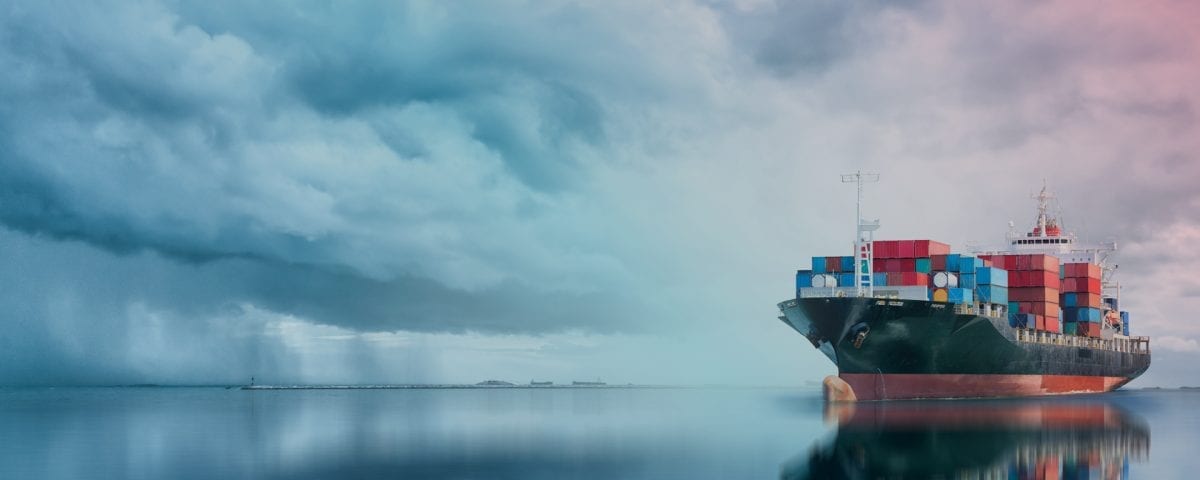Antimicrobial Coatings Preserving Critical Assets and Keeping Ecosystems Safe

The antimicrobial coatings market has grown tremendously over the past decade with new and improved products leading the market. Antimicrobial coatings are witnessing increase in demand from various industries that include electronics, pharmaceuticals, construction, food and packaging and various others. These coatings are most commonly used in healthcare for sterilization of all healthcare equipment. These end users utilize antimicrobial coatings for a number of applications to varying degrees. The medical and HVAC industries are the largest markets for antimicrobial coatings driven by safety needs, particularly in North America.
Antimicrobial coatings enhance hygiene standards and public health, while keeping important ecosystems safe and reduce overall GHG emissions. They reduce the risk of infected surfaces acting as a transmission source for infectious bacteria in food and humans. Some of the major types of bacteria observed in paint and coatings include Escherichia Coli (E.a), Pseudomonas aeruginosa (P.a.), Listeria and Bacillus subtilis among others. These coatings also provide economic and environmental advantages by reducing the frequency of painting, labour and chemical costs. Biocides such as silver, copper and titanium(IV) oxide are added to paint formulations to enhance products by protecting them from microbial attack thereby providing added protection against fungal and algae growth. They also prevent the stain and deterioration of paint caused by bacteria or larger microorganisms.
It is important that any assessment of antimicrobial coatings for the purpose of regulation or otherwise consider the added value and benefits it brings to a wide range of products for a number of very important uses.
Protection from Invasive Species
Antifouling coatings used in maritime trade have proven to be an environmental success story. Biofouling is the gradual accumulation of organisms such as algae, bacteria, barnacles and protozoa on underwater equipment, pipes and surfaces, corroding and impairing structures and systems. It is a significant problem for maritime trade as these challenges contribute to increased maintenance and replacement costs as well as decreasing the speed of ocean-going vessels in transit, which in turn adds to fuel consumption costs and GHG emissions. Over the past two decades the problem has exploded as an environmental issue with the transference of invasive species from one continent to another on the hulls of ships. Cases in point are the zebra mussels and ocean lamprey in the Great Lakes, both of which negatively impact the aquatic environment and significantly increase costs of control measures. Protecting these marine structures and aquatic environments has been a major preoccupation of both industry and government. Informed governments around the world along with the shipping industry are relying on the paint and coatings industry to develop better and more sustainable antifouling solutions to preserve expensive and valuable assets, while keeping ecosystems safe.
Reducing GHG Emissions
More than 250,000 commercial ships conduct commerce in large freight containers and cruise ships we see docked in our ports and harbours daily. Recent European data estimate that one container ship can cause as much pollution as 50,000 automobiles each year and release up to 5,000 tonnes of sulphur oxide into the air. Fuel represents 50 per cent of a ship’s total operating costs. Antifouling coatings reduce drag or friction when a ship is moving. Without antifouling coatings fuel consumption, maintenance costs and carbon dioxide emissions could rise by 40 per cent or more. The International Maritime Organization (IMO) suggests that a “single” vessel with proper antifouling coatings would see minimum savings of 6 per cent over a five-year period and “could reap savings of 9,000 tonnes of fuel, reducing emissions by 31,000 tonnes and saving around US$3.6 million per ship.” It’s estimated that without such coatings the worlds fleet would use in excess of 70 million tonnes of fuel annually, producing more than 210 million tonnes of greenhouse gas emissions (GHS) and nearly 6 million tonnes of sulphur dioxide from acid rain.
The commercialization of antifouling coatings began in the late 19th century. Over the years, industry has been working hard to enhance their performance, especially since the late 1970s. Ensuring a better product became particularly important because antifouling paints in recent decades primarily acted as a biocidal reservoir, which gradually becomes depleted according to various leaching rates after application. As a result formulators have worked hard to develop antifouling compound analogues that display significant anti-adhesion properties without the related toxicity.
In recent years the coatings industry has improved antifouling performance and sustainability, primarily by reducing or eliminating the use of toxics in their formulations. The latest environmentally friendly antifouling coatings are considered more costly—roughly a fourfold increase—than conventional formulations, but the return on investment is considerably higher. It is truly what sustainability is all about: taking action that is both good for the economy and good for the environment.
